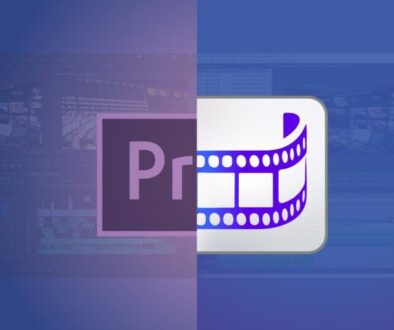Technology spotlight: integrating with Adobe Premiere and other NLEs – part 1. МАМ.
One cannot imagine a modern enterprise media workflow system without integration with professional non-linear video editing systems from Adobe, Apple, Grass Valley and other international vendors.
But unlike many of our competitors, we at Azimuth Soft try our best to meet the challenges of migrating content to and from NLEs by using the most straightforward and accessible solutions. In particular, we do not offer plugins to access the AutoPlay MAM from NLE clients, as we’ve unfortunately witnessed too many situations such as this with other vendors’ solutions:
To grant their users access to much-expected new features, to meet security requirements, or simply by accident – a broadcaster’s IT department upgrades their NLE clients to a new version. They find out that the MAM plugin does not work with the new version, or causes issues, because the NLE vendor unexpectedly changed the extension architecture, violating their own specifications. It’s not feasible to quickly roll back to the previous version, the workflows break, the number of errors and missed deadlines adds up… When an updated plugin version is delivered by the MAM manufacturer, the NLE vendor deploys a compatibility hotfix and all this starts anew.
For modern fast-paced media companies and especially for a round-the-clock news operation this kind of disruption can cause grave damage to the customer’s business and reputation. To avoid such unfortunate situations, we offer the following craft NLE integration paths:
AutoPlay’s main MAM client, DataBase, allows to send a clip, several selected clips or a block to NLE. Doing so exports an XML file to a network folder accessible from the video editing station that is then imported into the NLE. This XML’s standardized format allows our customers to work with it even in exotic video editing software used in their local markets.
The video editor renders his/her finished project to a network path configured as a watchfolder for AutoPlay FileImporter. Clips originating from this import path can automatically receive a category and a status, for example “From NLE” and “NLE to check”, which allows to immediately pass them into automated workflows.
Starting with version 7.11, different marker categories can be selected to be dropped or passed to NLE when exporting an XML. This helps to reduce clutter in the video editor’s project by removing irrelevant information.
Depending on the processes in place, the AutoPlay DataBase MAM client can be installed on the video editing workstations, or the DataBase Web client can run in a browser, the latter option being preferable on Mac systems.
If the video editors require direct access to AutoPlay’s main production storage, a name translation service is available as an option, providing comprehensible media file names via hardlinks. For some workflows this allows to streamline operations and save some MAM client licenses.
To be continued…




